These creatures are the only truly arboreal members of the kangaroo (or Macropod) family. This means that they live the vast majority of their lives in the treetops. There are at least 13 different species, and possibly more yet to be discovered! Read on to learn about the tree kangaroo.
Description of the Tree Kangaroo
These marsupials look somewhat different from their terrestrial cousins. Making a living climbing requires specialized limbs and body shape. Their feet are broad, and equipped with long, curved, nails to help them climb.
Instead of having furry or smooth feet, their soles have spongy grips made for keeping traction while climbing. In relation to body size, this animal’s tail is much longer and more moveable than terrestrial kangaroos.
Interesting Facts About the Tree Kangaroo
Living in the treetops creates an air of elusiveness around many creatures. Tree kangaroos are no exception! Here is what we do know about these sometimes mysterious creatures.
- Independent Movement – “Normal” kangaroos are incapable of walking, because they cannot move their legs independently from one another. This means that they can only hop! The exception to this is tree kangaroos, who use their ability to move their legs freely to scale trees with ease.
- Hop to It! – Despite the fact they are almost entirely tree dwelling, these marsupials can still jump. They are capable of jumping up to 29 ft. from tree to tree, and can leap to the ground from 60 ft. up!
- Sweat it Out – Like other macropods, these creatures are incapable of sweating. Instead of sweating to reduce their temperature, tree kangaroos lick themselves. When they need to reduce their body temperature, they will lick their forearms. When the moisture evaporates it reduces their overall body temperature.
- Ladies Man – These solitary creatures establish territories to obtain the most reliable sources of food. A male’s territory will commonly border or overlap with several females. This gives him the opportunity to reproduce as many times as possible.
Habitat of the Tree Kangaroo
Just in case you haven’t guessed – tree kangaroos prefer to live in trees! They are most commonly found in tropical rainforests. Some species live in mountainous regions, others in lowlands. Most of their time is spent in the safety of the treetops. To move from tree to tree they simply leap from branch to branch with their strong rear limbs.
Distribution of the Tree Kangaroo
Each species has a different range, and some are more widespread while others are localized to a very small region. They can be found in New Guinea, northeastern Australia, the Schouten Islands, the Raja Ampat Islands, and other surrounding islands.
Diet of the Tree Kangaroo
Most of the time these marsupials are herbivores, but they will occasionally eat more protein rich food sources. Their most common food items include leaves, fruit, bark, sap, nuts, and flowers. Some species will eat snakes, eggs, and birds when given the opportunity. Most of their food comes from browsing in the tops of trees, but they will occasionally snag food from the forest floor.
Tree Kangaroo and Human Interaction
These threatened creatures rely heavily on their rainforest habitat for survival. They are quite vulnerable on the ground, so they require undisturbed areas of rainforest to breed and forage for food.
Habitat loss due to deforestation and farming are causing major population decline. Native tribes on a number of different islands also hunt these marsupials. This further amplifies the population decline.
Domestication
None of the different species have undergone any domestication.
Does the Tree Kangaroo Make a Good Pet
These creatures are protected, and it is illegal to own one as a pet.
Tree Kangaroo Care
In zoos, it is essential to provide these marsupials with plenty of climbing space. They enjoy a number of different platforms and branches, and providing natural vegetation is great enrichment. Their diet consists of lettuce, bok choy, spinach, celery, bananas, carrots, corn, yams, hard-boiled eggs, dandelion, and fiber biscuits.
Behavior of the Tree Kangaroo
Very little is known about the behavior of wild tree kangaroos. They are difficult to study because they live high in the trees of densely vegetated rainforests. These creatures are very awkward and ungainly on the ground, but are surprisingly fast moving in the trees.
Reproduction of the Tree Kangaroo
As with behavior, very little is known about the reproduction of wild individuals. In zoos, females reach sexual maturity at two years, and males at four and a half years.
Of marsupials, they have one of the longest development periods in the pouch. Young remain in the pouch until they are fully developed, which can take nine months. It takes nearly as long for the young to become weaned as well.


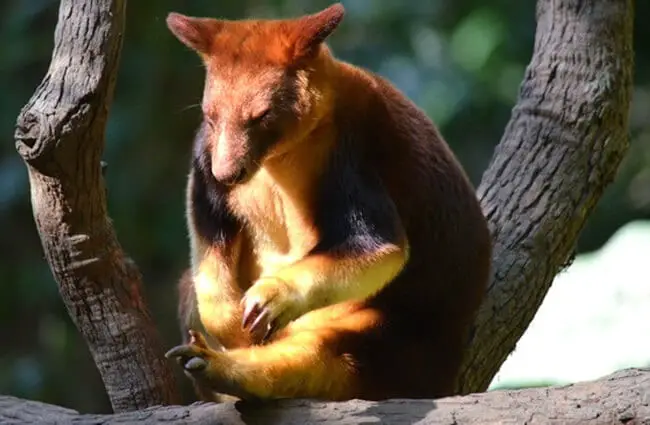
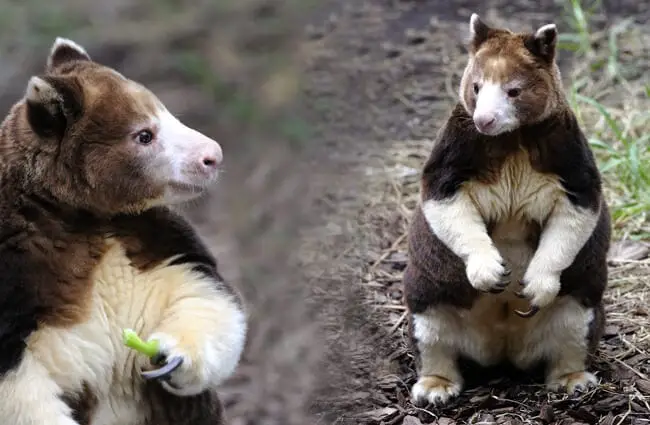
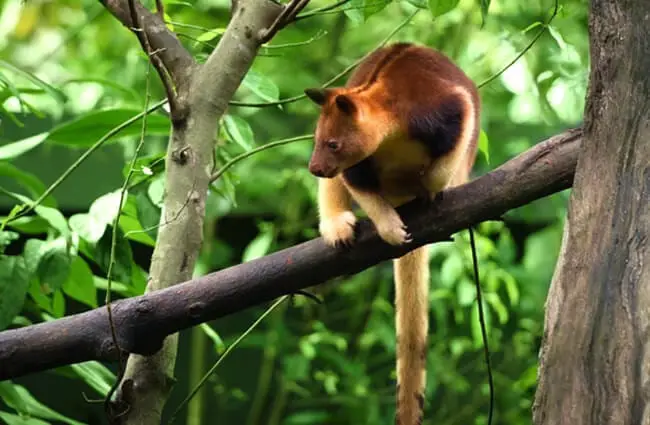
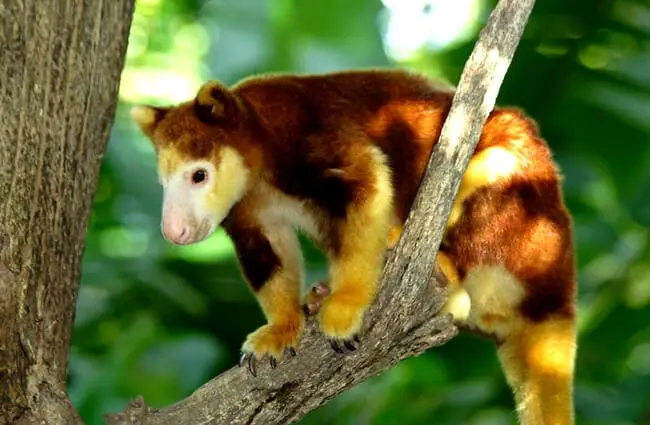
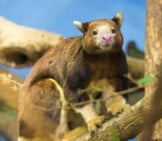
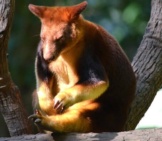
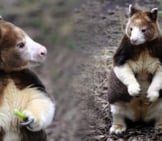

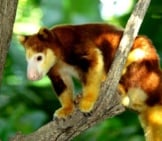
![Red Angus Closeup of a beautiful Red Angus cowPhoto by: U.S. Department of Agriculture [pubic domain]https://creativecommons.org/licenses/by/2.0/](https://animals.net/wp-content/uploads/2020/03/Red-Angus-4-238x178.jpg)












![Red Angus Closeup of a beautiful Red Angus cowPhoto by: U.S. Department of Agriculture [pubic domain]https://creativecommons.org/licenses/by/2.0/](https://animals.net/wp-content/uploads/2020/03/Red-Angus-4-100x75.jpg)

